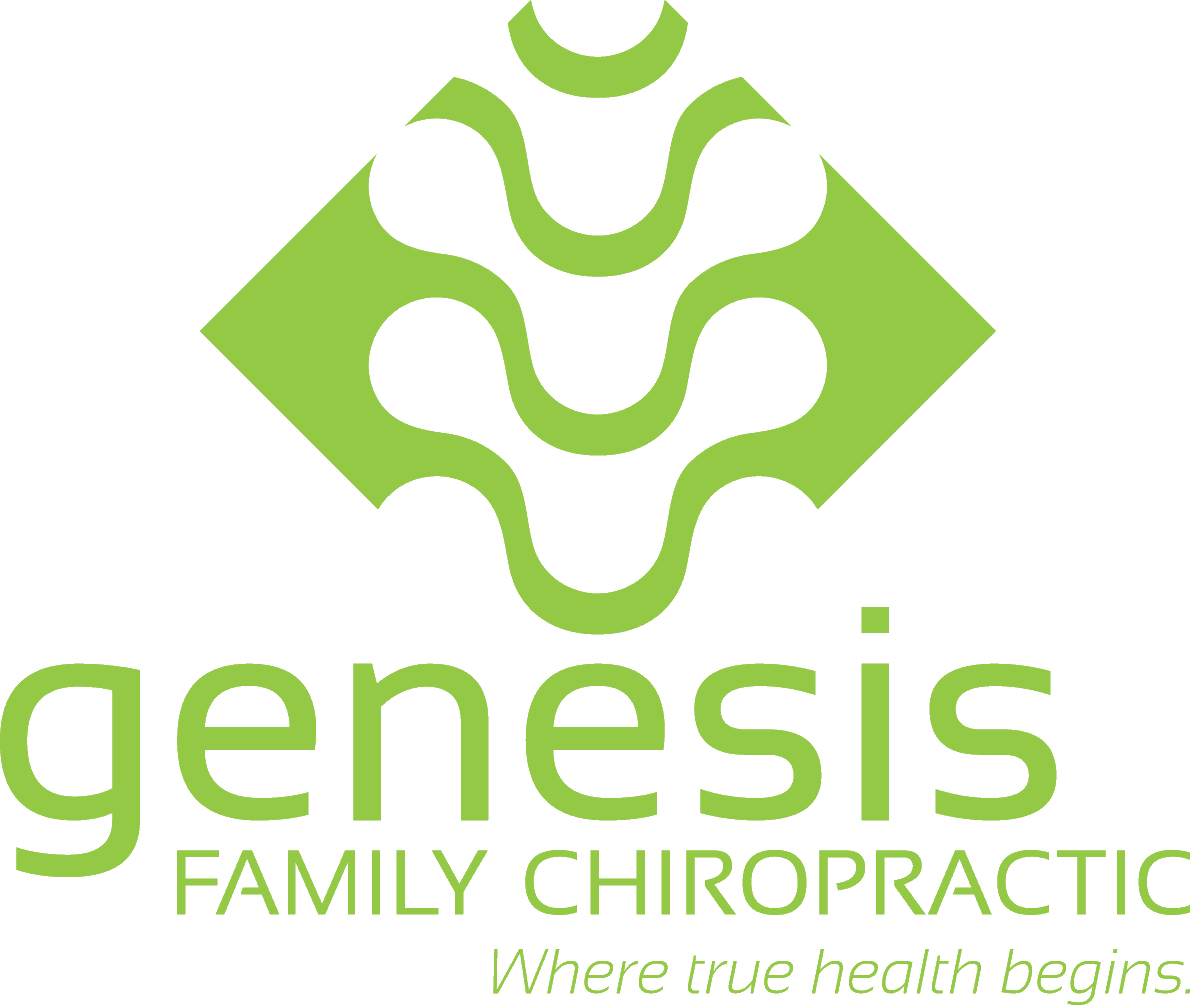Aerobic and anaerobic exercise are two types of physical activity that offer different benefits. Aerobic exercise, sometimes referred to simply as “cardio,” increases your heart rate and breathing rate for an extended period of time. It relies on oxygen to fuel your body and is great for improving cardiovascular health, reducing the risk of chronic diseases, and managing stress and anxiety. Examples of aerobic exercise include running, swimming, cycling, and walking.
On the other hand, anaerobic exercise involves much shorter bursts of more intense effort and uses stored energy sources that do not require oxygen. Anaerobic exercise is great for building strength and power, increasing muscle mass, and improving athletic performance. Examples of anaerobic exercise include weightlifting, sprinting, and high-intensity interval training (HIIT).
The main differences between the two types of exercise are intensity and duration. Aerobic exercise is typically performed at a moderate intensity for an extended period of time, while anaerobic exercise is performed at a high intensity for a short period of time. Both types of exercise can be an important part of a balanced fitness routine.
Running, swimming, and cycling are all great examples of aerobic exercise. Running can be done outdoors or on a treadmill, swimming is low-impact and easy on the joints, and cycling can be done indoors or outdoors. Weightlifting, sprinting, and HIIT are all great examples of anaerobic exercise. Weightlifting involves lifting weights to build strength and muscle mass. Sprinting is a form of anaerobic exercise that involves running at a high speed for a short period of time and HIIT involves short bursts of high-intensity exercise followed by periods of rest.
So, to wrap things up, understanding the differences between aerobic and anaerobic exercise can help you make informed decisions about your fitness routine and how each type of exercise can help you achieve your personal fitness goals.
Have more questions or want more personalized guidance to help you be the healthiest version of yourself? Click here to get in contact with us. We’re here to help!
